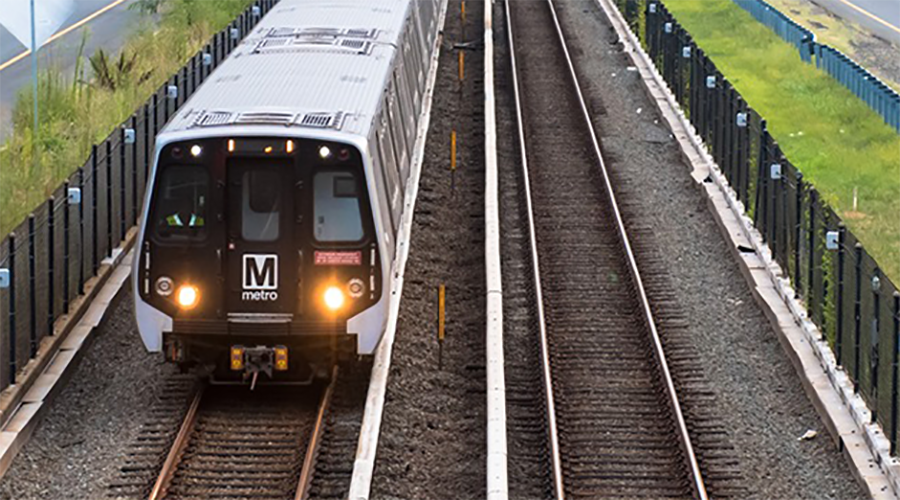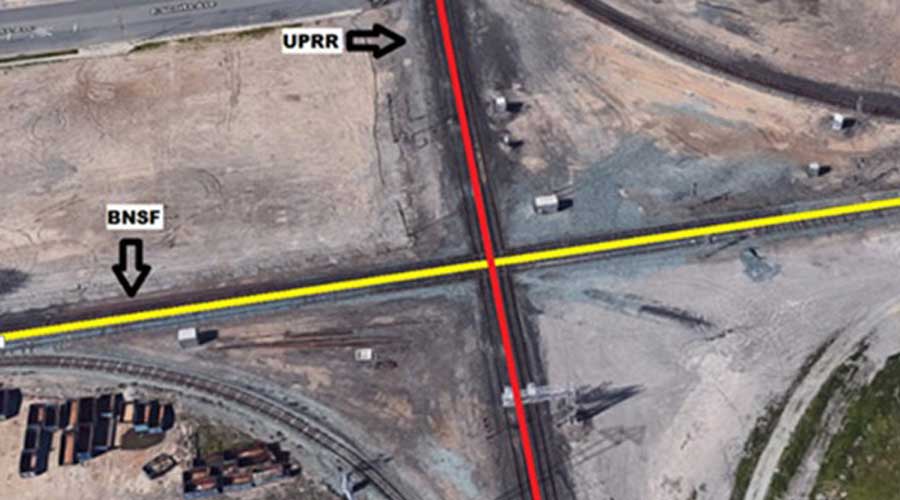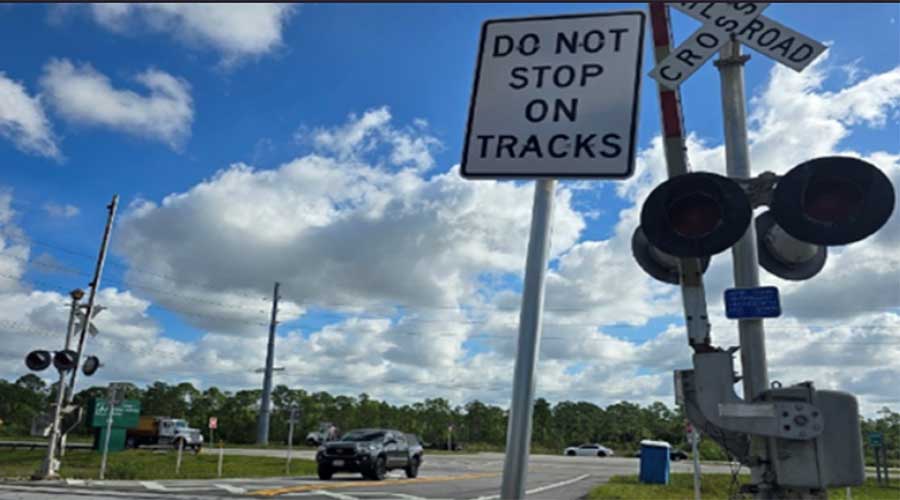Stay updated on news, articles and information for the rail industry
6/10/2011
Rail News: High-Speed Rail
Iowa HSR project hangs in the balance as legislature debates state budget
As the Iowa legislature continues to debate the fiscal year 2012-2013 budget, the future of the Chicago-Iowa City high-speed rail project remains uncertain.
Since taking office in November 2010, Republican Gov. Terry Branstad has expressed concerns about the operating subsidy that would be needed for the service. The Republican-controlled House apparently has concerns about the project, too. Its version of the budget de-appropriates nearly all the passenger-rail funding that had been allocated for the project in the 2012 budget by the general assembly last year, says Tamara Nicholson, director of the state’s Office of Rail Transportation.
The Iowa Department of Transportation needs $6.5 million in FY12 or FY13 to help cover its portion of the 20 percent match that Illinois and Iowa have to pony up for a $230.4 million grant the states received for the project last year through the FY2010 federal transportation appropriations. If the House version of the budget passes with no matching funds, it would effectively stop the project, Nicholson says.
However, the Democratic-controlled Senate has included $6.5 million for the project in FY13 as part of its budget proposal. Although the Iowa DOT would prefer to have the funds in FY12, it would still be able to stick to the project schedule if funds were allocated in FY13, says Nicholson.
“It would be better for us to have more of the funding available sooner as we work with the FRA to get things obligated, but as long as that $6.5 million stays in either FY12 or FY13, that gives us adequate funding to proceed with developing the project per the original schedule,” she says.
The Iowa DOT also is counting on the legislature to keep language in the budget that originally was included in FY11 stating that Iowa intends to fully fund its total match of $20 million over four years.
“As long as that stays in place, we would have the assurance that the balance would be available beyond FY13 and we could proceed with the project,” says Nicholson.
Meanwhile, Branstad is reviewing a business plan the Iowa DOT completed in March that officials hope address his operating subsidy concerns. Once the service launches (scheduled for 2015), Iowa’s share of the operating cost would be about $3 million annually, says Nicholson. The business plan identifies funding sources for the first 10 years of operation, with letters of commitment from the communities between the Quad Cities and Des Moines stating they intend to provide local funds. Those dollars would cover about half the subsidy.
“We feel like we’ve put together a very strong plan for how the operating subsidies will be covered, either with state, federal or local transportation funds,” says Nicholson. “That’s something that all states have struggled with — finding those long-term operating funds — so we feel very good that we’re as far ahead with that as we are.”
Whether Branstad and the state House feel the same remains to be seen. Nicholson didn’t have a guess as to when the state budget might be resolved, but the current spending plan expires on June 30.
In the meantime, Iowa DOT continues to proceed with project development. Department execs are coordinating with officials from the Federal Railroad Administration, Illinois DOT and host railroads BNSF Railway Co. and Iowa Interstate Railroad to iron out agreements that are necessary before the federal funds can be obligated, says Nicholson.
— Angela Cotey
Contact Progressive Railroading editorial staff.


 2025 MOW Spending Report: Passenger-rail programs
2025 MOW Spending Report: Passenger-rail programs
 Gardner steps down as Amtrak CEO
Gardner steps down as Amtrak CEO
 Guest comment: Oliver Wyman’s David Hunt
Guest comment: Oliver Wyman’s David Hunt
 Women of Influence in Rail eBook
Women of Influence in Rail eBook
 railPrime
railPrime







